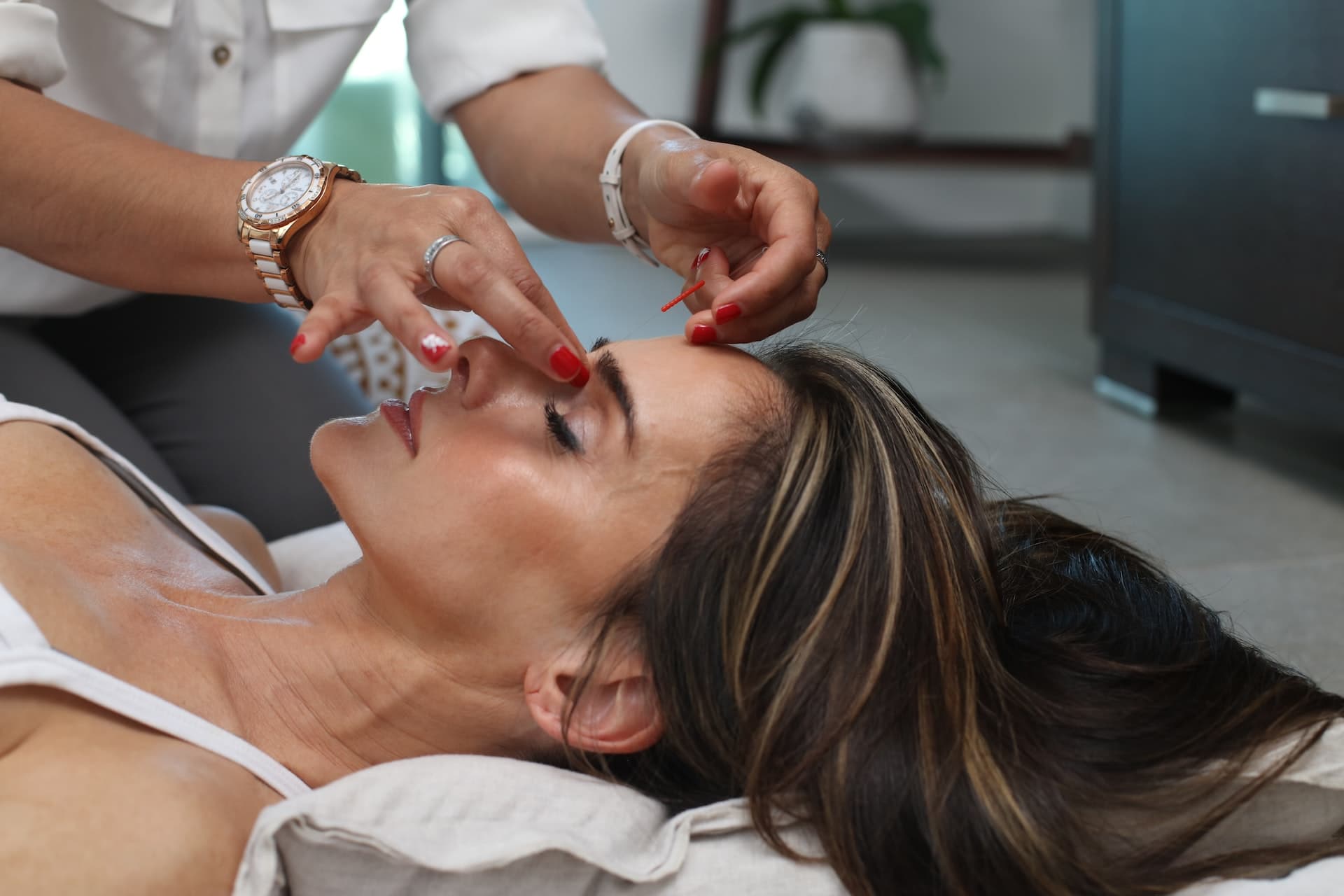Complementary medicine and alternative medicine (CAMS) relate to an area of health that is becoming increasingly popular in modern society. The common goal is to balance the whole person – physically, mentally, and emotionally. Complementary therapies are methods that are used with traditional medicine to complement the holistic health and well-being of individuals. This is a broad area, with many treatments and therapies available. Examples include Reflexology, Traditional Chinese Medicine, Ayurvedic Medicine, Acupuncture Therapy, and Aromatherapy Treatment.
Why do people prefer complementary therapy?
Even though complementary therapies should not be seen as a complete replacement for traditional medicine, there are many individuals who are turning to favor this holistic health approach for the body and mind.
Help with side effects
People living with chronic illnesses can find complementary therapies strongly beneficial in helping them to control unwanted side effects and symptoms of medical drugs. These therapies may prevent symptoms from getting worse, therefore ‘complementing’ the traditional treatment method. Certain chronic conditions such as arthritis and back pain may be eased, therefore improving the individual’s quality of life. When an individual finds a complementary therapy that suits their needs, they may feel more stressed without it. Luckily, many complementary therapies encompass portable methods. Otherwise, it can be easy to find practitioners in most cities of the world; for those who find themselves living and traveling with chronic disease.
Easier access to treatments
In the public health system, people sometimes wait months to years to access treatments within the traditional medical route. Complementary therapies can often be accessed much quicker and may be more cost-effective than paying for traditional medical procedures privately. In turn, this means that emerging symptoms will be treated more quickly. As these therapies get more and more popular, the number of licensed practitioners is increasing making complementary medicine an easy path to access. Often, a much broader array of treatment options exist within complementary therapies.
Holistic advice on lifestyle
Complementary therapy practitioners are often interested in holistic health as a whole, therefore they will be able to give advice on daily routines involving sleep, movement, and positive habits. People can apply these habits to their daily lives to feel better and more autonomous of their own health. This can be attractive to those who feel that traditional medical practitioners do not have the time to provide proper education on stress management and lifestyle change.
Reduced long-term cost
As one of the goals of complementary medicine is the prevention of the onset of chronic disease and illness, people may find that their long-term healthcare costs are significantly reduced. Accessing complementary therapies to help the body heal in body and mind may reduce the risk of having to spend money on western medicine treatments in the future. It is important to remember that this does not apply to essential medical procedures, but rather to illnesses that may be preventable such as high cholesterol, diabetes, and hypertension.
Relationship with self
Some people tend to prefer complementary therapies because they act as a catalyst for a feeling of autonomy and self-empowerment. As complementary therapies often aim to reach the root of the problem, going on this journey can be educational. Using the five senses to explore how the mind and body respond to different therapies can be beneficial in building a closer relationship with oneself. For example, sound healing for the auditory senses, yoga for touch, and aromatherapy for the smell. Taking control of a lifestyle change and self-managing a chronic illness can help people to feel more connected to themselves. Holding more control over a preventable illness or condition is more appealing to some people than waiting for a condition to develop in years to come.
Conclusion
Overall, there is a larger interest emerging within society as people lean to prioritize accessing complementary therapies in their life. All individuals hold different reasons as to why they may wish to add complementary therapies to their lifestyles. The positive aspect of complementary therapies is that there is a broad spectrum of therapies available. Not each one is going to fit all, therefore using the try-and-test method is popular.

Leave a Reply
You must be logged in to post a comment.